Just because it’s February 29th – What to know about a Perpetual Calendar watch?
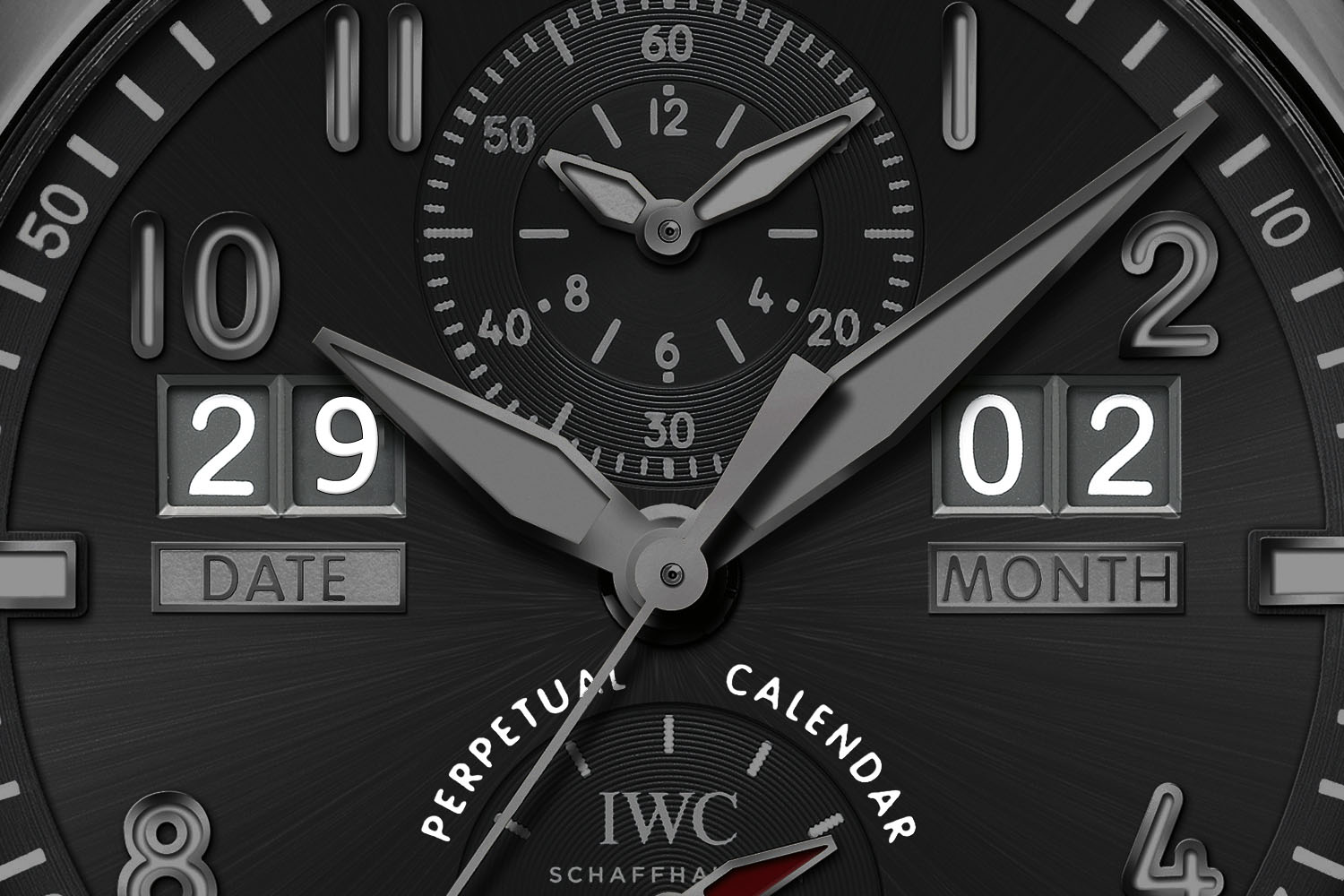
Well, except if you’re living on different planet than us, normal human beings, you certainly didn’t miss out that today is kind of a special day – at least in the countries using the Gregorian calendar (which represents 95% of the world). Indeed, today is the day that occurs only once every 4 years and to us, watch lovers; it is a day that immediately refers to a specific features of fine watchmaking: the perpetual calendar. Thus, as 2016 is a leap year and as today is February 29th, it is the perfect timing to have a closer look at why such a complication exists and how a perpetual calendar works?
Why is there a leap year and why every 4 years, we have a February 29th?
Before going into more technical details about the perpetual calendar function of a watch, we first have to understand the concept of leap year… which means a short astronomy and history lesson first. Don’t be afraid, as many of the watch complications have been developed regarding astronomical observations. Watchmaking has always been closely linked to astronomy. And the first perpetual calendars were developed with such observations in mind.
The overall concept of time and dates is guided by two facts: the rotation of the Earth on its own axis and the revolution of the Earth around the Sun. These two movements defined the length of a day, the seasons and of course, the duration of a year. For today’s matter, we have to focus on the concept of the revolution of the Earth around the Sun. Earth is on an orbit around the Sun and makes a full revolution around it in exactly 365.242 days – or 365 days, 5 hours, 48 minutes and 45 seconds. This the exact duration of an astronomical / solar year.
On the other hand, we all know our calendar is composed of exactly 365 days (and not 365 days and one fourth of a day…). It means that there is an existing shift between nature (the length of the astronomical year) and facts (the length of a civilian year). Calendars had to compensate this shift and a day had to be added every four years. Thus, the leap year had been created.
The concept of the leap year isn’t new… It has been created with the Julian Calendar (in 45 BC), developed under Julius Caesar. In order to solve the existing shift between solar / astronomical years and civilian years, the Roman Emperor asked Greek astronomer Sosigenes of Alexandria to reform the existing calendar. He was inspired by the Egyptian Calendar, which already consisted of 12 months and 365 days. With the Julian Calendar, the base of our actual system was born: 365 days, 12 months and an additional day every four years. A funny fact which also explains why February normally has only 28 days. To celebrate the arrival of the Julian Calendar, Julius Caesar removed one day from February to add it to July (his month of birth). Then, another Roman Emperor, Augustus, did the same in August (also his month of birth). This why February only has 28 days and not 30.
This date of this additional day, on February 29th, dates back the implementation of the Gregorian Calendar, which is still used by all countries around the world as the official civilian calendar (to the exception of 6 countries – Afghanistan, Saudi Arabia, Ethiopia, Iran, Nepal and Viet Nam). In 1582, Pope Gregory XIII decided to create a new calendar to correct the shift created by the Julian Calendar. In fact, Sosigenes of Alexandria calculated on an average of 365.25 days, which is in fact not exact. The exact length of a year is 365.242 days, which meant an average shift of approximately 8 days between the civilian calendar and the sun in the Julian Calendar, at the moment the gregorian calendar was implemented.
Thus, in the Gregorian Calendar we still have 365 days in a year, with the addition of a day each four years BUT (this is the main novelty) no leap year on secular years (1800, 1900…). However, there’s an exception to the rule: if the year can be divided by 400. This why the year 1600 and the year 2000 were leap years (and this why 1700, 1800 and 1900 were not).
The perpetual calendar function
In their quest for precision, watchmakers not only looked at the timing precision but also at the precision of the different indications of a watch. As soon as calendars arrived in watches, they noticed that the classical date display, based on 31 days, wasn’t accurate at all. Thus, the perpetual calendar, has been created – with one goal and one goal only: comfort for the user, as no (or almost no) corrections are required.
Before going into the concept of the perpetual calendar, let’s look at the different types of calendar that exists:
- Simple date / calendar: for a large part of the production (99% at least), the date is indicated by a rotating disc, showing the date in an aperture, or by a hand on a sub-dial. Whatever the display (only date, or day and date), the mechanism here is extremely simple. Each time the hour hands had turned twice around the dial, the date changes. This system does not take into account the months with 30 days (and of course with 28 days) as the watch is set for 31 days. You’ll have to correct the date at the end of February, April, June, September and November.
- Full calendar: this is another simple calendar, with similar “simple” mechanics like the simple date. Additionally the full calendar displays the day of the week and month, however the months that need correction remain the same.
- Annual Calendar: the annual calendar is already quite a complicated mechanism, invented in 1996 by Patek Philippe, with the ref. 5035. It usually displays the date, the day and the month. It takes into account the months with 30 or 31 days and will need to be set only once per year, at the end of February. Every annual calendar has to be adjusted to go from February 28/29 to March 1st. An improved edition of this calendar exists. Both Audemars-Piguet and Breitling have a calendar that takes into account the month of February and its 28 days. Thus, it will require an adjustment only once every 4 years (for leap years, when February has 29 days).
The perpetual calendar is credited, as it is often the case in watchmaking, to Abraham Louis Breguet – in fact, he was certainly not the inventor but maybe the one that made the perpetual calendar popular, as some earlier watches from Thomas Mudge (who is also the inventor of the Swiss lever escapement) had been found. (see Jack Forster’s article on Revolution).
What a perpetual calendar does? Unlike all the other types of calendars that require settings (from 5 times a year for a simple quantième to once a year for an annual calendar and even once every four years for a “1461-day” calendar), the perpetual calendar needs virtually no adjustments. This complex and delicate mechanism is able to calculate (this word is here important, as the perpetual calendar is a sort of mechanical program) the right number of days in a month, whether it is composed of 30 or 31 days, but also 28 days for the month of February and finally, once every four years, it even takes into account the 29 days of February, in case of a leap year.
The only thing a normal perpetual calendar doesn’t calculate is the secular years (e.g 1800, 1900 or 2100). Even if divisible by 4 like all the other leap years, secular years don’t have 366 days but classically 365 days. This is why we also have to consider some extremely rare (to say the least) secular calendar watches, which even automatically adjust to the right date during these specific secular years – only a handful of watches achieved this, like the Patek Philippe Calibre 89, the Svend Andersen Perpetual Secular Calendar or the Franck Muller Aeternitas 4.
There are many various around the perpetual calendar but, most of the time, the display is the same: sub-dials for the date, the day of the week, the month and a last one for the leap year (that is often seen in a window). Of course, there are several other ways to display a perpetual calendar, like IWC with its digital display, Moser with its super-clean dial that only shows the date or Patek Philippe with its windows and retrograde hand. But in the end, all rely on an equal technology, based on a mechanical program.
The calendar indications are synchronized by a long lever (in French “grand levier“) running across the top of the complication and passing through the central axis of the hands. It is guided by a mechanical program, in fact a specifically shaped wheel over the month, which will give indication to all the other sub-dials. This wheel is shaped differently for the months of 30, 31 and 28 days and of course for the specific month of February with 29 days. As the date changes, this long lever transmits information to the appropriate components and mechanisms by moving backwards and forwards. Then, in the traditional grand levier system, perpetual calendars assume that, by default, all months have 31 days. At the end of months with less than 31 days, (when the programmed wheel has a notch), the mechanism understands that the coming month isn’t 31 days long and thus quickly skips through the next dates before arriving at the 1st of the new month.
The perpetual calendar can actually be seen as a basic computer program that, depending on the shape of the wheel (and thus defining in which month the watch is adjusted), will adjust all the other indications of the watch (day, date and even the leap year indicator). This description remains of course a simple approach as there are several other ways to build a perpetual calendar (like the recent MB&F LM Perpetual or the complex Greubel Forsey Perpetual). The overall subject of the perpetual calendar will be covered in a coming installment of “A Technical Perspective“, our new technical column started last week.
Meanwhile, we wish you a nice February 29th, enjoy your leap year and, for those who can’t enjoy the beauty of a perpetual calendar on their wrist, don’t forget to adjust your watch to March 1st tomorrow morning.

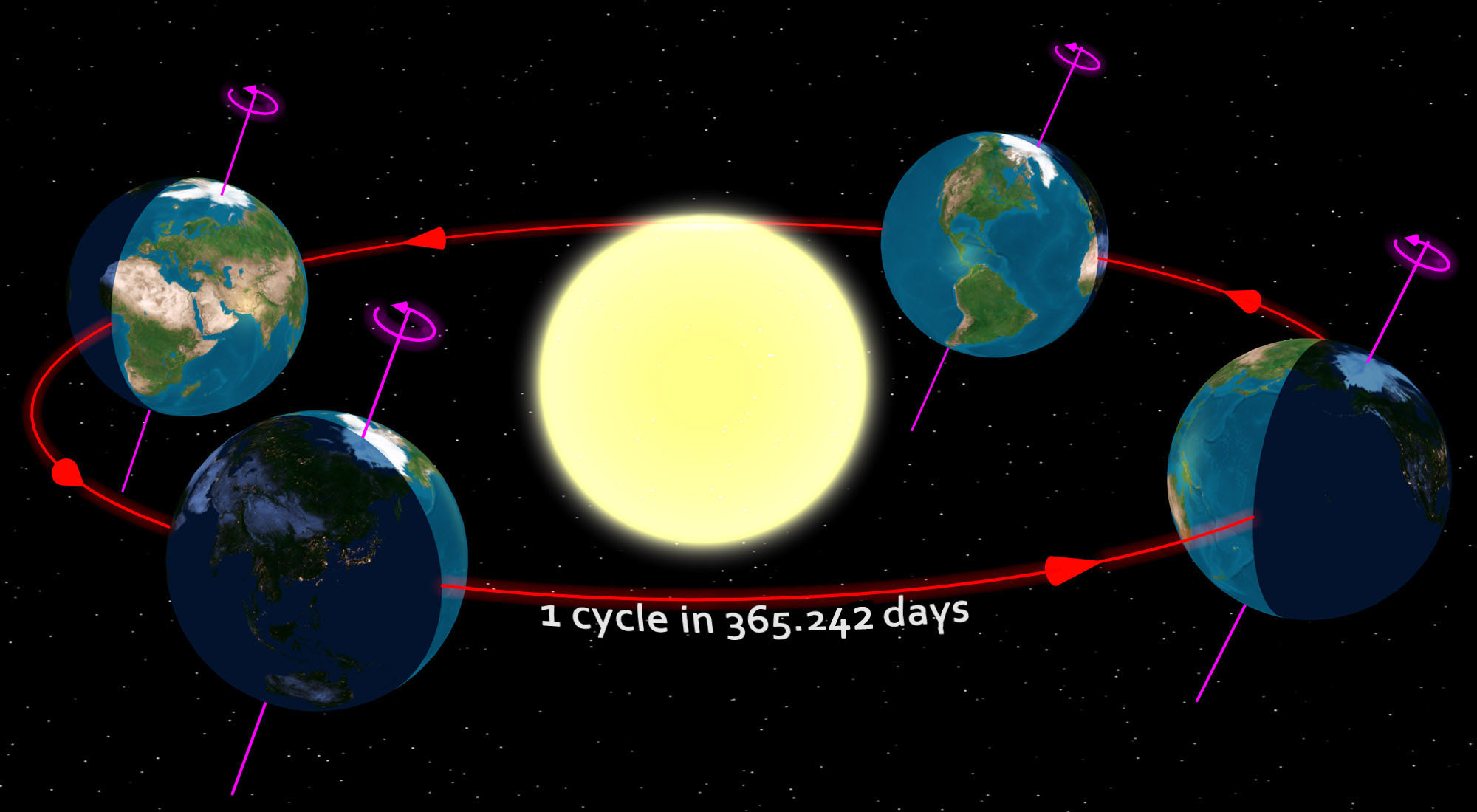
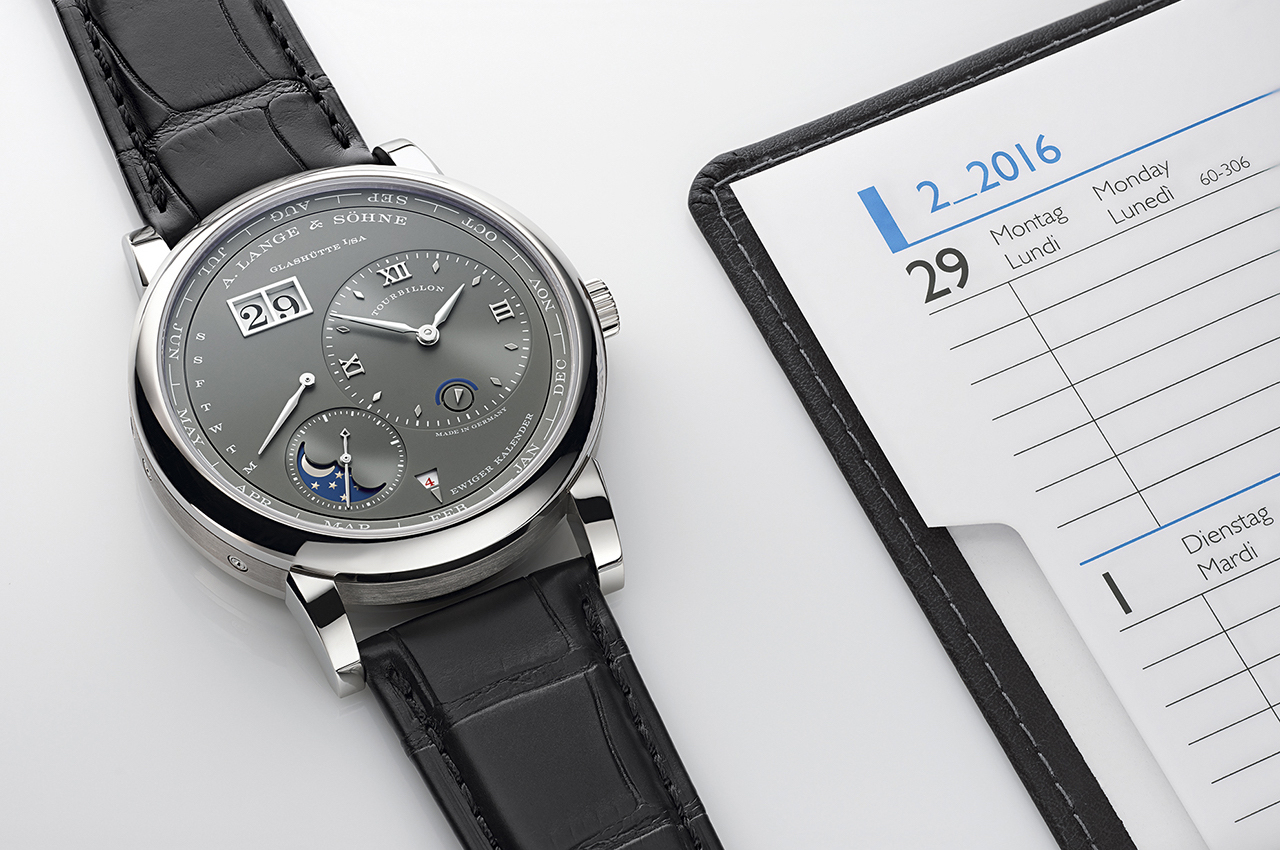

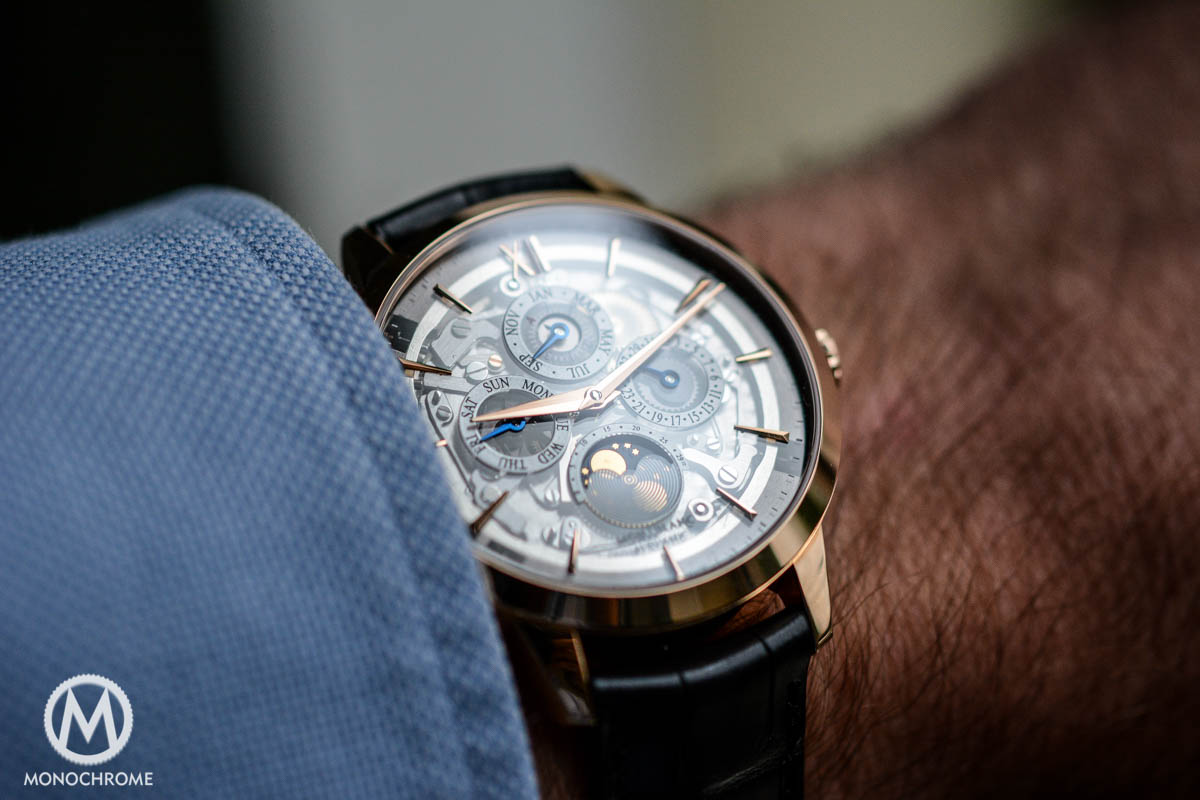
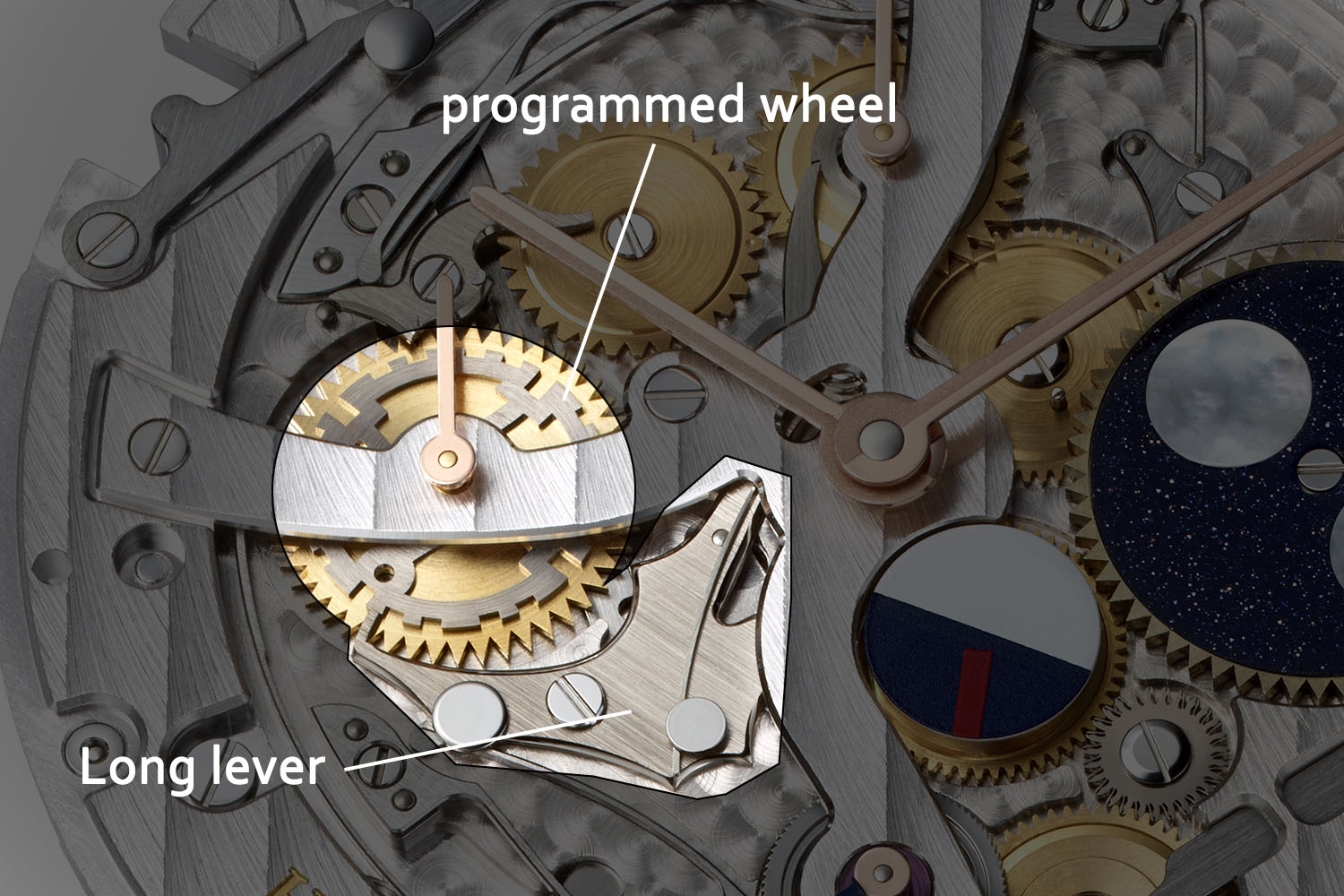
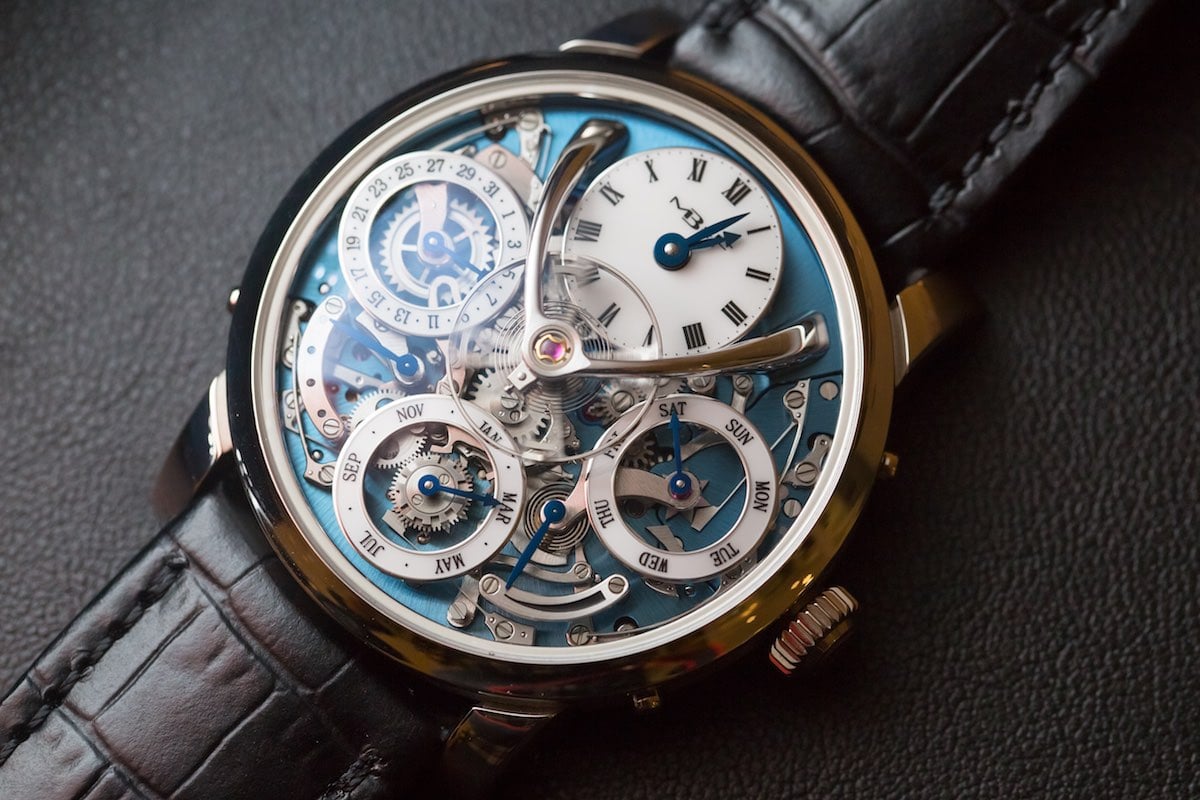



4 responses
Just love the partial watch face in the heading picture. Black and carved with lovely hands as well. What is it?
Johnr
It is a montage made with an IWC Spitfire Perpetual Calendar Digital Date-Month (see it here https://monochrome-watches.com/iwc-spitfire-perpetual-calendar-digital-date-month-steel-price/)
Very informative article.
I just ordered a Tissot (T0636371603700) Calendar watch. Is it one you’d recommend?